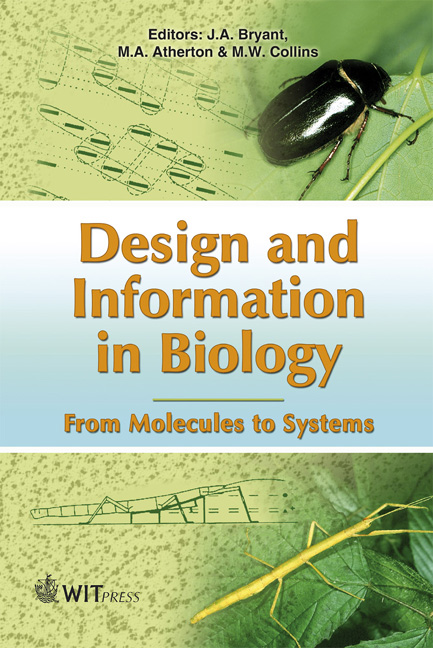The Human World Seen As Living Systems
Price
£23.00
Volume
27
Pages
18
Published
2007
Size
237 kb
Paper DOI
10.2495/978-1-85312-853-0/11
Copyright
WIT Press
Author(s)
J. Field & E. Conn
Abstract
Chapter 11 The human world seen as living systems J. Field & E. Conn Fellows of the Royal Society for the Encouragement of Arts, Manufacturing and Commerce (RSA), London, UK. Abstract The subject is introduced by reference to work begun for the RSA’s inquiry into Tomorrow’s Company.Ways of thinking are presented that enable a holistic viewof human social organisations to provide insights helpful in the understanding of an organisation’s development. Seeing human institutions as living systems permits many analogies to be made with systems found in nature, and lessons to be learnt from them. After starting with the company the authors go on to look at the wider human society in this way, at the same time considering the influences of the human factors not present in otherwise analogous biological systems. Aspects of the human world that are treated include social change, democracy and justice, globalisation and local communities, as well as companies. 1 Introduction It is not only in engineering design that lessons may be taken from nature; many useful insights may also be obtained through viewing human social, political, commercial and financial organisations as living systems analogous to those found in nature. In this chapter we shall look at examples of howthis can be done, by bringing together ideas that a small group of RSA fellows and friends (see Acknowledgement) have been exploring at meetings and networking discussions during the past 10 years. But first, a word about the RSA whose inquiry into ‘Tomorrow’s Company’ prompted the convening of the group in 1994. 2 The RSA 2.1 History In 1754, William Shipley, drawing master and philanthropist in Northampton in the English Midlands,was inspired to create what is knowntoday as the RSA.TheRSAis located in the heart of
Keywords





